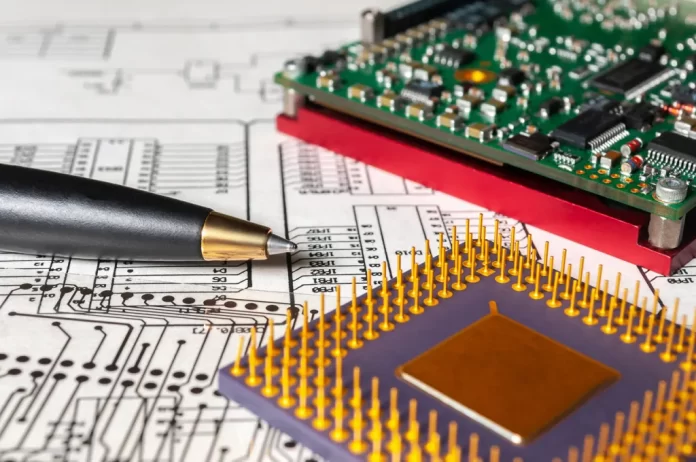Selecting proper components for electronics design can turn to be quite a challenging task. Nowadays, there are so many manufacturers of various microcontrollers, sensors, resistors, capacitors and so on. How to define the components that will perfectly fit your design? In this article, we will delve into this question.
The right choice of components depends on the requirements for the functionality, features, dimensions, cost, certification standards that your electronics design should comply with, etc. Let’s explore the parameters that drive components selection.
- Choosing a manufacturer
It’s better to give preference to manufacturers that can provide you with full product documentation, applications notes, technical and design review support. All these things will be very helpful to you and your engineering team in the development and testing processes.
- The functionality of your electronics design
Certainly, you should have full understanding of what functions should your electronics design perform and, in a perfect world, your requirements should be well documented.
Components should provide all the necessary options for your product’s proper functioning and design performance.
- Electrical characteristics
Considering this parameter, you should pay attention to selecting the right resistors, capacitors, converters. These components should serve your electronics design with the required range of voltage, wattage, current, tolerance, resistance value, power and other critical electrical parameters.
- Mechanical features
It is connected with size, form, weight of your electronics product. You should define if the size of a circuit can be bigger or smaller, or it should be as compact as possible.
Besides, you should consider the weight of your product and the form and dimensions of its enclosure as well, and choose the components according to these requirements.
- Environmental and working conditions
This is also a vital parameter to consider. You should define beforehand the temperature, humidity, pressure range, and working conditions that will be applied to your electronics design.
Will your product work outdoors, indoors, or, maybe, underground? Should it be able to transmit data in harsh working conditions? All these and other questions can help you to make a list of requirements for your electronics design parts.
- Long-term demand life-cycle of components
It is of extreme importance to pay attention to the availability of a component and the existence of its alternatives. If you choose a component that can be not recommended for new design, it will lead to future risks that will affect manufacturing and launching.
You can check a component for NRND on the manufacturer’s website or use the Ciiva platform.
- BOM cost and the final cost of your electronics product
Everybody wants to combine high quality and cost efficiency when creating new electronics design. However, you’d better not to neglect the final quality of your product while selecting cheap components that can have lower performance in order not to lose end-users’ trust.
These are 7 aspects that can help you choose the most suitable components for your electronics design and, as a result, create a high-performance product. Check out Integra Sources website for more info on electronic design services.
